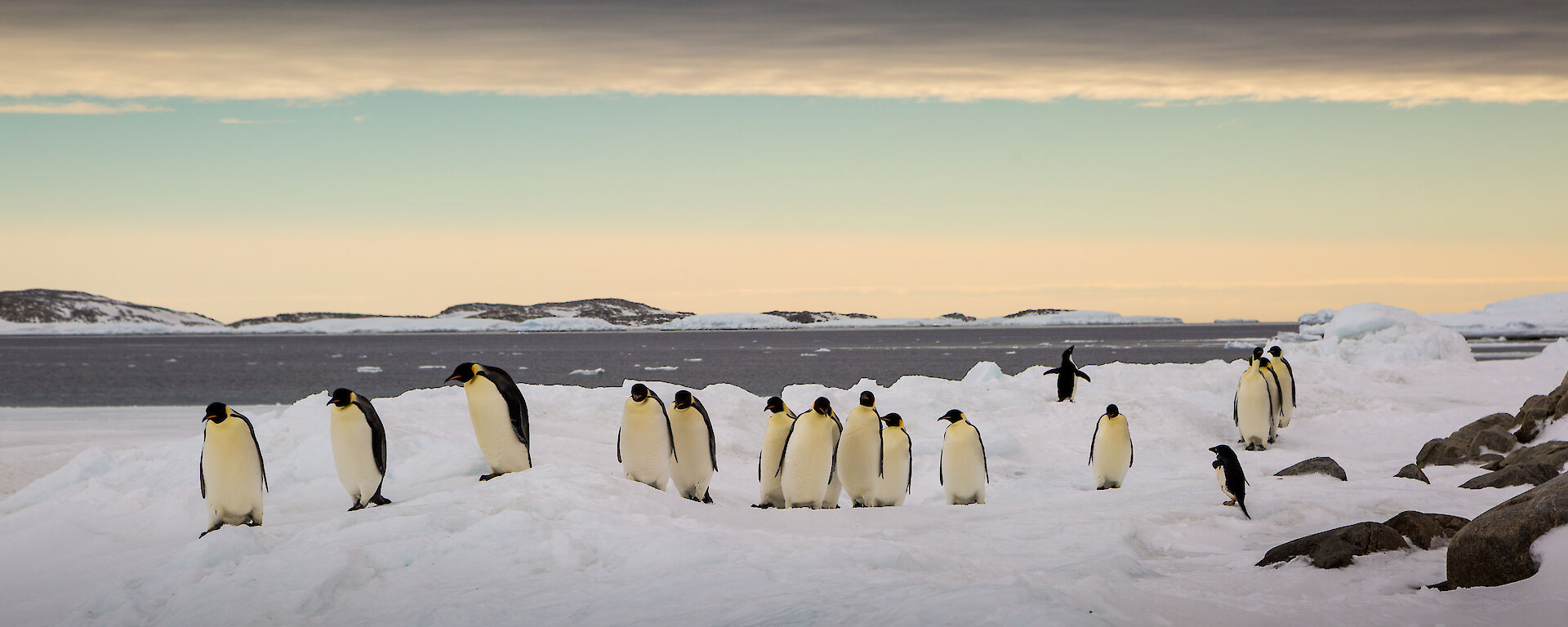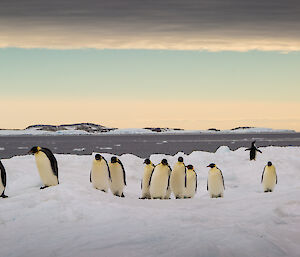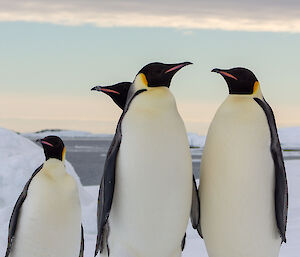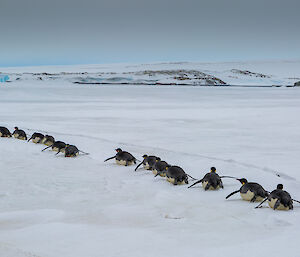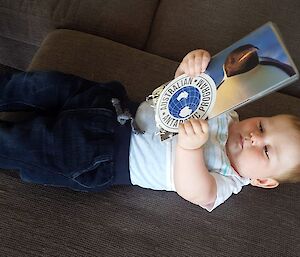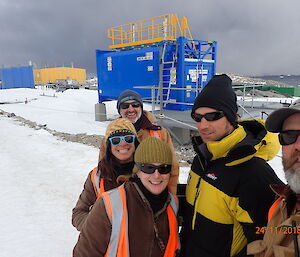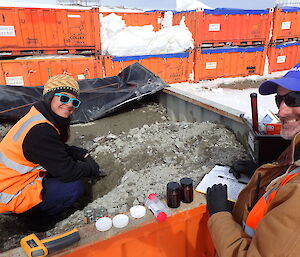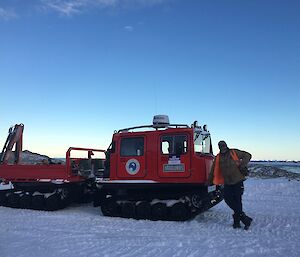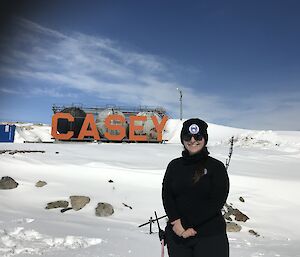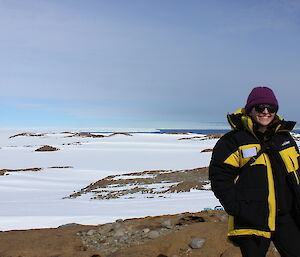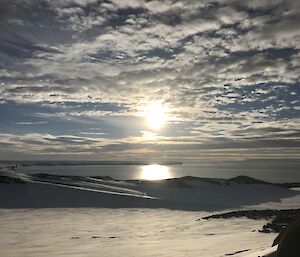Emperor penguins visit Casey station
Recently after work, a recreation party went for a walk to nearby Shirley Island to view the local Adélie penguin colonies. For some like Brendan, it was his first trip to the island, and he was really excited to spend the evening watching the Adélies hopping around picking up rocks and listening to their calls.
At the end of a very enjoyable evening, the group prepared to walk back across the sea ice which connects Shirley Island to the Bailey Peninsula and Casey station. As we commenced the traverse, almost immediately, we noticed a large group of emperor penguins had just popped out from the water and began making their way towards us.
It’s quite uncommon for emperor penguins to be sighted so close to Casey station, so with cameras at the ready we waited patiently and sure enough, the penguins headed in our direction. Even some of the curious Adélies waddled down to investigate. It was an amazing opportunity to see these majestic animals in their natural environment.
The emperors continued on their way and we headed back to station, with a great unexpected story to share and many, many photos of course. What an unforgettable Antarctic experience!
* AAD Media: thanks for the video, expeditioners!
A little slice of home
A little slice of home this week when Pete Hargreaves received a photo from his niece Elise back home showing his great nephew Holden, 8 months old, reading his new book. Pete had sent Holden all the new Australian Antarctic Program postcards before we left for Casey this summer and his mum had the great idea of laminating them all and putting them together in a book. As Pete says, what a cute little chap he is.

